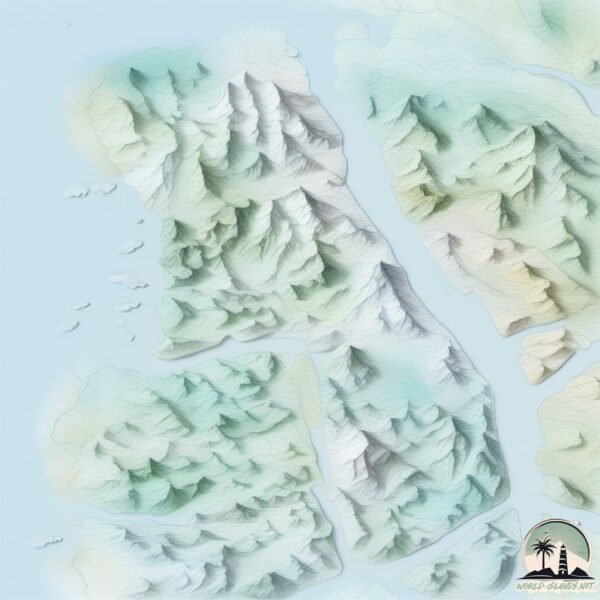Campana

Welcome to Campana, a Dry island in the South Pacific Ocean, part of the majestic Pacific Ocean. This guide offers a comprehensive overview of what makes Campana unique – from its geography and climate to its population, infrastructure, and beyond. Dive into the details:
- Geography and Size: Explore the island’s size and location.
- Climate and Weather: Weather patterns and temperature.
- Topography and Nature: Uncover the natural wonders of the island.
- Infrastructure and Travelling: Insights on reaching, staying, and making the most of your visit.
- News and Headlines: Latest News.
Geography and size of Campana
Size: 5.197 km²
Coastline: 9.9 km
Ocean: Pacific Ocean
Sea: South Pacific Ocean
Continent: South America
Campana is a Small Island spanning 5.2 km² with a coastline of 9.9 km.
Archipel: –
Tectonic Plate: Nazca – An oceanic tectonic plate off the west coast of South America. Famous for the Nazca Lines, it’s primarily known for its subduction under the South American Plate, leading to the Andes Mountains’ formation and significant seismic activity.
The geographic heart of the island is pinpointed at these coordinates:
Latitude: -2.50620591 / Longitude: -80.18825353
Climate and weather of Campana
Climate Zone: Dry
Climate Details: Hot Semi-Arid (Steppe) Climate
Temperature: Hot
Climate Characteristics: Features hot summers and mild to warm winters. Receives more rainfall than hot deserts but less than tropical savannas, leading to a somewhat more varied landscape.
Topography and nature of Campana
Timezone: UTC-05:00
Timezone places: America/New_York
Max. Elevation: 5 m
Mean Elevation: 3 m
Vegetation: Wetland
Tree Coverage: 64%
The mean elevation is 3 m. The highest elevation on the island reaches approximately 5 meters above sea level. The island is characterized by Plains: Flat, low-lying lands characterized by a maximum elevation of up to 200 meters. On islands, plains are typically coastal lowlands or central flat areas.
Dominating Vegetation: Wetland
These areas are saturated with water, either permanently or seasonally, and support aquatic plants. Wetlands are important for biodiversity and water filtration. Campana has a tree cover of 64 %.
Vegetation: 3 vegetation zones – Moderately Diverse Island
These islands start to show a broader range of ecological niches. With three vegetation zones, they may offer a mix of ecosystems like coastal areas, inland woods, and perhaps a distinct wetland or dry area. This diversity supports a wider range of flora and fauna, making these islands more ecologically complex than those with minimal diversity.
Infrastructure and Travelling to Campana
Does the island have a public airport? no.
There is no public and scheduled airport on Campana. The nearest airport is José Joaquín de Olmedo International Airport, located 50 km away.
Does the island have a major port? no.
There are no major ports on Campana. The closest major port is PUERTO MARITIMO DE GUAYAQUIL, approximately 39 km away.
The mean population of Campana is 1303 per km². Campana is Densely Populated. The island belongs to Ecuador.
Continuing your journey, La Seca is the next notable island, situated merely km away.
Ecuador is classified as Developing region: Regions characterized by lower income levels, with economies in the process of industrialization and modernization. The level of income is Upper middle income.
News – Latest Updates and Headlines from Campana
Stay informed with the most recent news and important headlines from Campana. Here’s a roundup of the latest developments.
Please note: The data used here has been primarily extracted from satellite readings. Deviations from exact values may occur, particularly regarding the height of elevations and population density. Land area and coastline measurements refer to average values at mean high tide.
